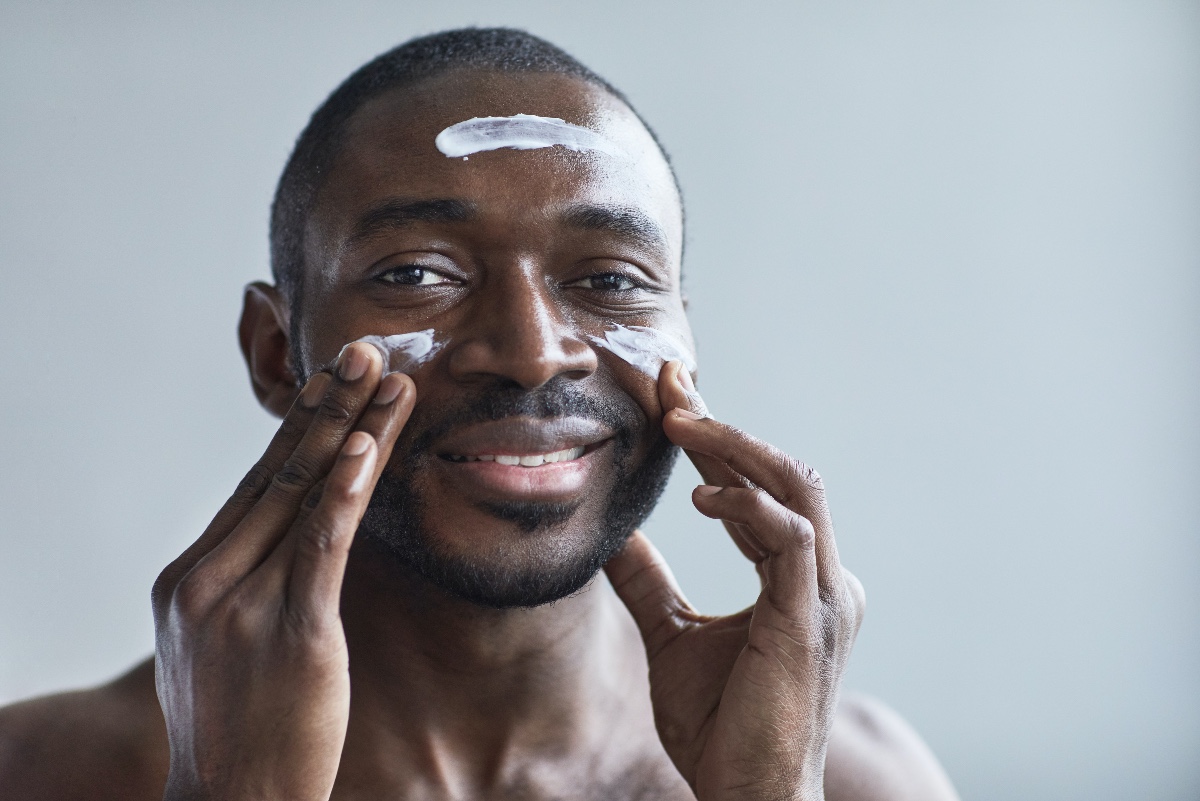At last, warmer days are ahead. The first months of the year are often a time to hit the refresh button and think about tweaks you can make to become the best version of yourself. Yet short, cold days make motivation feel hard.
The changing seasons — from winter to spring — offer another chance. The polite nudges are everywhere, from the bright-colored short-sleeved shirts and polos on retailers’ home pages to the patio furniture on store floors. Lost in the shuffle of planning warm-weather parties and vacations: Skincare. As the weather shifts, so too should your routine.
A few small changes can make a significant difference in ensuring your skin stays soft, smooth, and protected. You can also go all out with some luxe treatments that double as a chance to relax and rest for the sunny season ahead. Follow these skincare tips to get a head start on your summer glow.

Skincare tips for your daily spring routine
You may feel brighter and happy as warmer weather approaches; the additional sunlight can do that for your mood. However, your skin may tell a different story. Cold weather, dry heat, and less sunlight during the winter can turn skin dry and dull. You may have been combating these issues with heavier products that will weigh you down as the temperatures rise.
It’s time to revamp your daily skincare routine. Try these tips.
Swap your heavy moisturizer for a lighter one
You know a daily moisturizer is important to keeping skin hydrated and locking in moisture (and if you didn’t, now you do). In the winter, our skin gets a ton of mixed messages. The weather outside is freezing and sometimes wet, and the heat inside is dry. All of that can cause additional redness, irritation, and peeling. Heavy moisturizing creams packed with hydrating ingredients can help smooth things over.
However, heavy moisturizers won’t feel too great as the weather warms. They can make your face feel like it’s melting off when they combine with sweat from working out or just being out in the heat and humidity. Move the heavy creams to the back of your cabinet for later this year and invest in a lightweight moisturizer with humectants like hyaluronic acid, glycerol, and aloe vera. These ingredients will help the skin retain moisture. When used in a lightweight formulation, they’ll do so without making the face feel sticky, regardless of the temperatures.
Use a serum with vitamin C
You likely know that consuming vitamin C is a fantastic way to boost overall health, especially your immune system. It can also work wonders on the skin. The ingredients can help brighten skin, combat free radical damage caused by sun exposure, and reduce discoloration and redness.
Recommit to safe sun practices
Sunscreen is necessary year-round. However, sunnier days require more frequent re-applications and closer attention to safe-sun practices. You’ll want to find a broad-spectrum sunscreen that protects against both UVA and UVB rays. Combined, these rays can heighten the risks of skin cancer and premature aging. Opt for sunscreen rated SPF 30+. Apply it in the morning, every two hours you are in the sun, and after water exposure (shower, rain, swimming, and exercise).
In addition to sunscreen, wearing sun-protective clothing adds another barrier. Some clothing has ultraviolet protection factor (UPF) protection. UPF 50 can protect against 98% of the sun’s rays. If you don’t have any UPF clothing, items like hats, long-sleeves, and sunglasses also help block harmful rays.

Consider these less-frequent skincare treatments for long-lasting warm weather results
The above steps will go a long way in getting your skin warm-weather-ready — and maintaining it as the heat, humidity, and sun exposure increase. However, if you feel your skin needs a little extra help, give these tips a try.
Start exfoliating
Exfoliating can strip the skin, leaving it dryer and patchier than normal. Many people avoid it in the winter, when they’re more prone to dryness and flaking. If you took some time off from exfoliating, re-introduce it into your routine. It’ll help speed up skin turnover and brighten the skin. Don’t overdo it to make up for lost time, though. Dryness and redness can happen at any time. Using an exfoliating scrub once per week should do the trick.
People with dry and sensitive skin can patch-test products by applying them to a small area of the skin for a couple of days in a row. You can probably use the exfoliating product weekly if you don’t notice additional dryness or redness. Talk to your dermatologist if you have concerns.
Book a facial
During a facial, an esthetician can work with you on cleaning up any winter-induced skin challenges with a customized approach. That may mean an antioxidant formulation full of nourishing ingredients like vitamins C and E that renew the skin. It could also mean a retinol-based product to nix any breakouts.
Indulge in an at-home mask
Consider an at-home approach if you don’t have time for a facial. Masks, such as ones with clay, can hydrate and strengthen the skin barrier, giving you a softer, smoother look for a fraction of the time and cost.
The cold weather can do a number on your mood — and skin. After the cold season, your skin may look and feel dry, red, and irritated. The warmer days ahead also mean getting ready for more fun in the sun. If you do nothing else, load up on sunscreen. Broad-spectrum sunscreen can protect you against the sun’s rays, common culprits of premature aging and skin cancer. UPF clothing can also help with these efforts. A lighter moisturizer and vitamin C serum can boost hydration and brighten skin. A facial or face mask and weekly exfoliating can also help you hit reset. If you have concerns, speak with a dermatologist who can help you formulate a customized approach.



